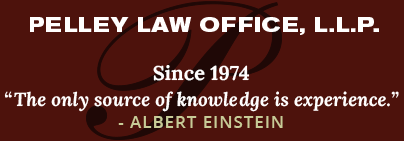For many people, bankruptcy provides a new start in their financial lives. Depending on which form of bankruptcy you qualified for, you may be debt-free, or you may be making payments on some debts, such as your mortgage. A Chapter 13 bankruptcy reorganizes your debts and for the next three to five years, you make monthly payments that go towards the balance of your debts. Chapter 7 bankruptcy wipes your unsecured debts away and lets you walk away from other debts, like your mortgage.
Most people who haven’t experienced a bankruptcy in the past are not aware that a Chapter 7 bankruptcy can be filed after a Chapter 13. This allows people to move from the payments to having some, if not all, of their debts erased. There are restrictions, though. You must meet income guidelines and other requirements in order to qualify for a Chapter 7 bankruptcy, even if it’s after a Chapter 13.
For those that have kept their home in a Chapter 13 but feel they just want it to go back to the lender, there are a few choices. Filing for Chapter 7 bankruptcy is one, if you qualify. The other is to simply stop making payments on the property. The lender will eventually ask the court to release the property from bankruptcy and then either continue the foreclosure or start the process. You may have a bit of time in the home without making the mortgage payments.
It’s important to seek experienced bankruptcy help in order to understand all of the complexities that this financial move has. An experienced Dallas bankruptcy attorney will work diligently to ensure you are back on the road to financial freedom in the least amount of time possible.
Source: foxbusiness.com, “Can I Walk Away From Home in Bankruptcy?” Justin Harelik, Dec. 11, 2013



